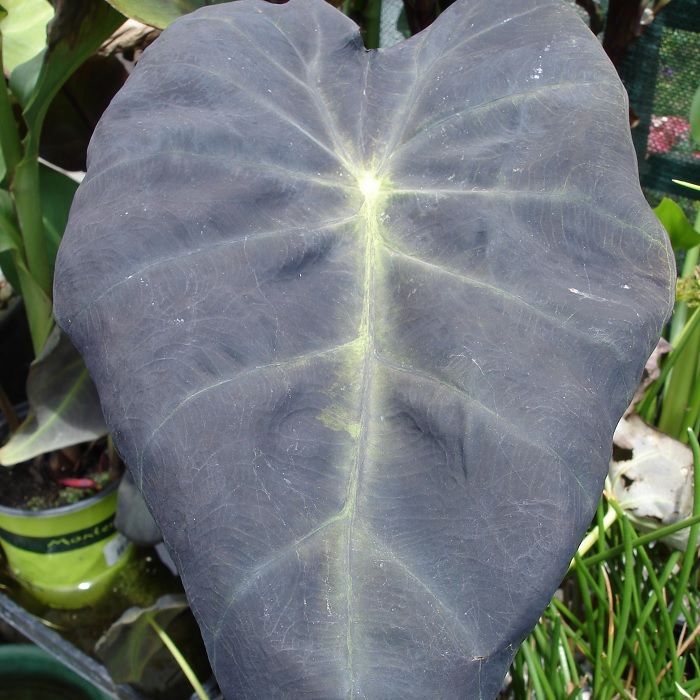UNITED STATES—Early American settlers from Europe had a lot to learn about the plants of North America. After their first harsh winter without much food, many were eager to eat the first fresh greens of spring, which was sometimes the very poisonous jimson weed. Those who were not lethally poisoned right away might have hallucinated and told their friends that they could fly, and consequently got burned as witches.
It should be no wonder that some early Americans were hesitant to try tomatoes, which are related to jimson weed. Potatoes are also related, and their fruit, foliage and stems actually are toxic. Pokeweed (unrelated) was probably riskier, since the same young shoots that can be cooked as greens become toxic as they mature. Their poisonous berries, which were used as ink back then, look delicious.
There were other potentially dangerous edibles brought from Europe and other places as well. Rhubarb, which makes such great pies, is petioles (leaf stalks) for toxic leaves. Both American and European elderberries are slightly toxic before getting cooked into jelly or pie. Elderberry juice must be cooked and then given yeast to make wine. Figs and mulberries can be eaten right off their trees, but their sap is caustic enough to be irritating to the skin.
The seeds of apples, pears, peaches, nectarines and apricots can be toxic if too many are eaten. They are not a problem only because they are not eaten. However, apricot kernels can be roasted and eaten like almonds because the cooking process denatures the toxins. Separating the small kernels from the hard shells is much more work than it is for almonds, but they supposedly have great flavor.
Just like for apricot kernels, pokeweed and elderberries, the heat of cooking makes taro edible. The foliage can be eaten as stewed greens. The big and starchy corms (bulb-like stems) are something like potatoes. All parts of taro are toxic while raw. There are actually a few toxic plants that are edible once cooked. For a few others, it is important to know what parts are edible, and what parts are toxic.
Highlight: elephant ears
Taro was grown as a vegetable in ancient Egypt. It was grown in India before that. A few hundred varieties were cultivated in precolonial Hawaii. Taro was likely native to southeast Asia, but has been in cultivation for so long that it is difficult to know where it originated from. In modern American gardens, it is known as elephant ears, Calocasia esculenta, and grown for its striking foliage.
The big and broad leaves are held as high as six feet on long petioles (leaf stalks), and flare out as broadly as three feet, although many varieties get half as tall and broad. Some varieties have weirdly dark foliage. Others have green leaves with colorful veins. A few are simply jade green. Any of the deciduous foliage that lingers into winter should be cut back before spring.
Since they are naturally bog plants, elephant ears like very rich potting soil and plenty of water. Muddy clay soil that will not float away works fine for pots submerged in ponds. (Ick!) Partial shade is important. Leaves can get roasted if too exposed. To propagate, corms can be divided while dormant in winter. All parts of elephant ears are toxic until cooked.





